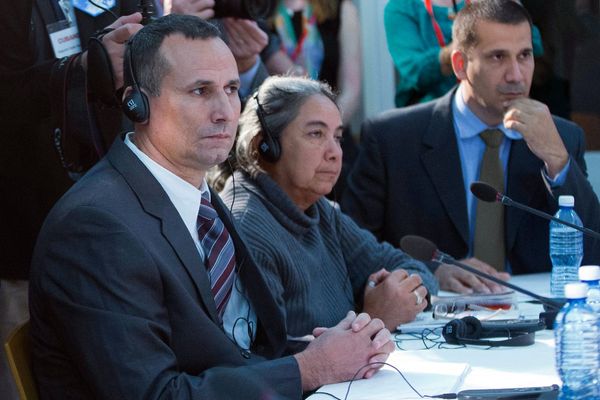Junior ISAs are the most tax-efficient way of saving money for the future of your children, and more than a million accounts have been opened with a view towards helping youngsters take their first steps in adulthood.
Whether you’re thinking about helping your loved ones gain a foothold on the property ladder or are thinking about their university education, a Junior ISA (JISA) is an effective investment strategy.
In the 2022 to 2023 tax year, around 1.25 million Junior ISA accounts were subscribed to, and an increasing number of children are set to enjoy a sizeable nest egg that would become accessible once they turn 18 years of age.
Despite having a £9,000 annual tax-free allowance that can’t be exceeded, data shows that more than 370 JISA holders have amassed more than £200,000 in their pots, thanks to the effects of compounding and appreciating investments.
This illustrates the need for choosing the right JISA provider, so what should you look out for when picking the right Junior ISA for you and your child’s needs? Let’s explore four key things to keep in mind:
1. Cash or Stocks and Shares?
There’s no point in exploring the capabilities of your providers if you don’t know what type of Junior ISA you’re going for.
There are two main types of Junior ISA: a Cash JISA or a Stocks and Shares JISA. While Cash JISAs work with fixed rates in a similar way to a traditional savings account, Stocks and Shares JISAs are invested in the stock market or in other equities that can appreciate over time.
Although research from The Investment Association and Opinium has found that adults holding Cash ISAs are almost twice as likely to open a Cash Junior ISA as its stocks and shares equivalent, at a rate of 17% compared to 9%, historical trends show that investing has been more lucrative than saving in the past.
On average, Stocks and Shares ISAs have returned annual gross revenues of 9.64% over the past 10 years, while Cash ISAs have mustered a lower 1.21%, underlining the far greater returns that can be found in investing. However, investments are riskier than saving, and it’s worth checking the performance of your chosen Junior ISA provider for an indication of what you can expect to achieve.
2. Assess Fees and Charges
Fees and charges are part and parcel of Junior ISA ownership, as this is the way that providers generally make their money from their products.
Some providers, particularly for Stocks and Shares JISAs, will charge an annual fee for managing the account, so you should always compare rates before taking the plunge and opening an account, as these added costs can eat into your long-term savings.
Specifically, you should look at the costs of the underlying investments, such as the Ongoing Charges Figure (OCF) for investment funds.
You may also incur additional costs, such as dealing fees for buying and selling investments or transfer fees, should you ever decide to move providers later down the line. With this in mind, always take a moment to think about your financial goals and how fees can impact your child’s money in the future.
3. Compare Portfolio Types
Your risk appetite will also be a major factor in choosing the right Junior ISA provider for your needs. If you’re looking at Stocks and Shares JISAs, you’ll have plenty of options when it comes to picking your provider.
Some JISA providers offer ready-made portfolios that can take the hassle out of building your child’s Junior ISA, while others can allow you to self-select your investments.
If you’re interested in ethical investing, your Junior ISA provider can offer portfolios that only look at stocks with strong Environmental, Social, and Governance (ESG) considerations.
On the other hand, if you want a provider that allows you to build your own portfolio, picking a firm that provides tools to help you research your investments and allows you to benefit from advice and tips can be a major advantage. For some parents, investing in a JISA can be a great way to teach their children financial literacy, and platforms with strong investment tools can turn their investing into an educational experience.
4. Customer Service
Your Junior ISA could be a focal point for your child’s savings for up to 18 years, and it’s reasonable to expect that at some point, you’ll need to get in touch with customer service about something to do with the account.
With this in mind, it’s important to look at the customer reviews for your chosen providers on sites like Trustpilot to get a more complete understanding of their reliability and customer support qualities.
Finding Your Perfect JISA
We all want what’s best for our children, and this extends to saving for their future. While there’s no right or wrong approach when it comes to picking the right Junior ISA, there are many considerations to take to ensure that your saving aligns with your financial objectives for your loved ones.
By learning what you’re looking to achieve for your children financially, you have the best chance of success when planning for their future. By doing this, it’ll become easier to spot which Junior ISA provider will be the best fit for your needs for the years ahead.







